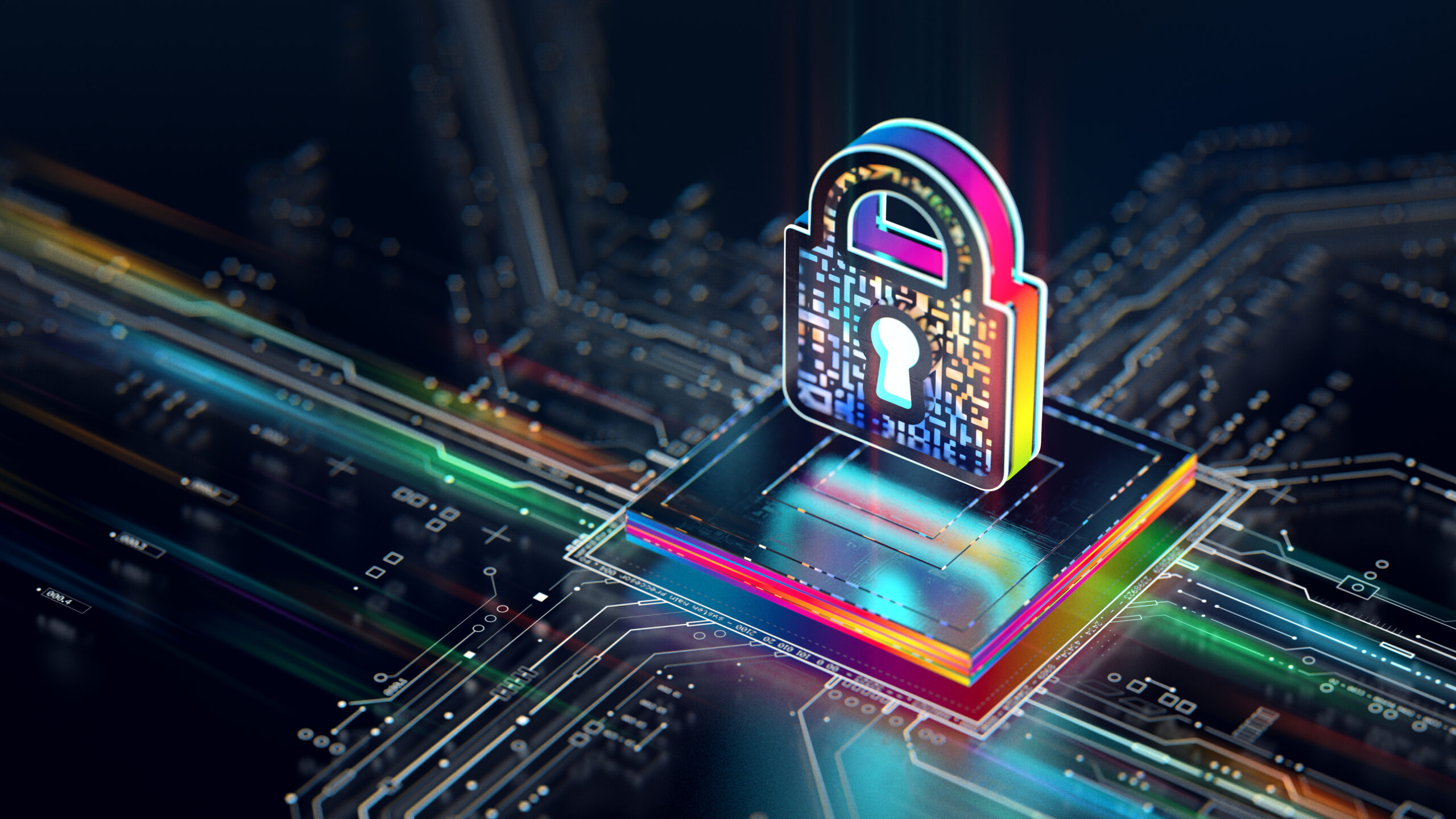Future-Proof Your Organization: Key Cybersecurity Predictions You Required to Know
As companies face the accelerating speed of digital change, recognizing the developing landscape of cybersecurity is essential for lasting strength. Predictions recommend a significant uptick in AI-driven cyber dangers, alongside heightened governing scrutiny and the important shift towards Absolutely no Trust fund Architecture.
Rise of AI-Driven Cyber Hazards

One of the most worrying advancements is using AI in creating deepfakes and phishing schemes that are incredibly convincing. Cybercriminals can fabricate sound and video clip material, posing executives or relied on individuals, to control victims into divulging sensitive info or authorizing illegal purchases. Furthermore, AI-driven malware can adapt in real-time to evade detection by standard safety actions.
Organizations must recognize the urgent demand to strengthen their cybersecurity structures to battle these progressing dangers. This consists of investing in sophisticated danger detection systems, fostering a culture of cybersecurity awareness, and implementing durable case feedback strategies. As the landscape of cyber dangers transforms, proactive steps become important for protecting sensitive data and keeping service stability in an increasingly digital globe.
Enhanced Concentrate On Data Personal Privacy
Exactly how can organizations effectively browse the growing focus on information privacy in today's digital landscape? As governing structures evolve and customer expectations rise, organizations should focus on durable data personal privacy methods. This involves taking on extensive information governance plans that ensure the moral handling of personal details. Organizations needs to carry out normal audits to evaluate conformity with policies such as GDPR and CCPA, recognizing prospective susceptabilities that might lead to data violations.
Spending in worker training is essential, as team understanding directly affects information protection. Furthermore, leveraging technology to improve information security is vital.
Collaboration with lawful and IT teams is vital to align data personal privacy efforts with business goals. Organizations ought to also engage with stakeholders, consisting of customers, to connect their commitment to information privacy transparently. By proactively dealing with data personal privacy worries, organizations can develop count on and improve their reputation, eventually adding to long-lasting success in a progressively looked at electronic atmosphere.
The Shift to Zero Count On Architecture
In feedback to the progressing risk landscape, organizations are significantly embracing Zero Trust Style (ZTA) as a basic cybersecurity technique. This strategy is asserted on the principle of "never ever depend on, constantly verify," which mandates continuous confirmation of user identifications, gadgets, and information, despite their location within or outside the network perimeter.
Transitioning to ZTA entails executing identification and gain access to management (IAM) options, micro-segmentation, and least-privilege access controls. By granularly regulating access to sources, companies can mitigate the danger of expert threats and reduce the influence of external violations. Additionally, ZTA incorporates durable tracking and analytics visite site capacities, allowing companies to spot and respond to abnormalities in real-time.

The change to ZTA is likewise fueled by the enhancing fostering of cloud services and remote work, which have expanded the strike surface area (cyber resilience). Traditional perimeter-based protection models are not enough in this brand-new landscape, making ZTA a much more durable and flexible framework
As cyber Your Domain Name risks remain to grow in elegance, the adoption of Zero Trust principles will certainly be essential for organizations seeking to secure their assets and keep regulative compliance while making certain company connection in an unpredictable environment.
Regulative Changes coming up

Forthcoming policies are anticipated to address a series of problems, consisting of information privacy, breach notice, and case response procedures. The General Information Defense Regulation (GDPR) in Europe has set a precedent, and comparable frameworks are emerging in other areas, such as the USA with the recommended federal privacy laws. These guidelines commonly enforce rigorous penalties for non-compliance, emphasizing the requirement for organizations to prioritize their cybersecurity procedures.
In addition, sectors such as finance, healthcare, and critical framework are most likely to encounter a lot more rigorous needs, mirroring the delicate nature of the information they take care of. Conformity will certainly not simply be a lawful responsibility however an important part of structure depend on with clients and stakeholders. Organizations must stay in advance of these adjustments, incorporating governing needs right into their cybersecurity methods to make sure durability and safeguard their assets effectively.
Importance of Cybersecurity Training
Why is cybersecurity training a vital component of a company's defense approach? In an age where cyber threats are increasingly innovative, organizations should identify that their workers are frequently the initial line of defense. Reliable cybersecurity training gears up team with the understanding to identify possible dangers, such as phishing attacks, malware, and social engineering tactics.
By promoting a society of safety and security recognition, organizations can substantially reduce the danger of human mistake, which is a leading cause of data violations. Routine training sessions make certain that employees stay notified regarding the most up to date dangers and best methods, therefore enhancing their capability to react suitably to events.
Additionally, cybersecurity training advertises compliance with regulatory demands, minimizing the threat of legal effects and punitive damages. It also equips workers to take possession of their duty in the company's security framework, causing a proactive try these out rather than reactive method to cybersecurity.
Final Thought
In verdict, the progressing landscape of cybersecurity demands proactive actions to attend to emerging hazards. The surge of AI-driven strikes, paired with increased data privacy issues and the change to No Count on Style, requires an extensive strategy to safety.